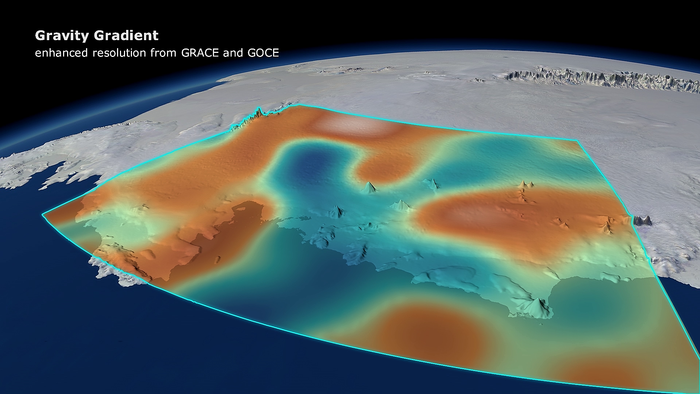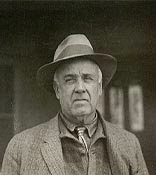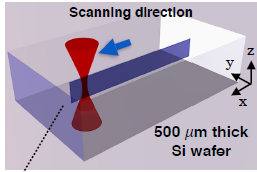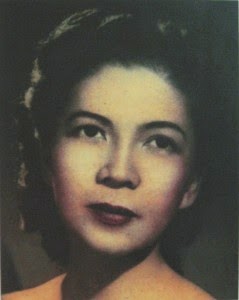 |
| Image Credit: ESA - Planck Collaboration |
(Inside Science) -- "Extraordinary claims require extraordinary evidence." This phrase, popularized by the late Carl Sagan, kept going through my head on March 17, the day that researchers involved with BICEP2, a telescope in Antarctica, made a big announcement at the Harvard-Smithsonian Center for Astrophysics in Cambridge, Massachusetts. The researchers reported that BICEP2 detected gravitational waves from the first moments after the big bang, a feat, which if confirmed, would open up a new field of study and would surely be recognized in a future Nobel Prize.
On the day of the BICEP2 announcement, and for many days afterward, people were largely accepting the results as correct and already jumping to the implications of the BICEP2 results for what appeared to be a new era of gravitational-wave cosmology.
In writing my (the author's) story for Inside Science News Service, I was fortunate to get an early voice of skepticism from David Spergel, a theoretical cosmologist at Princeton University in New Jersey. He commented:
"Given the importance of this result, my starting point is to be skeptical. Most importantly, there are several independent experimental groups that will test this result in the next year."
Sure enough, in the weeks that followed, other researchers pointed out that the signal that BICEP2 detected may have been attributable to the polarization of light caused by dust in our galaxy. The BICEP2 team certainly knew that dust could also polarize light in a similar way to gravitational waves, but they used a model, based on the data that was available from the Planck satellite, that, the other researchers pointed out, may have underestimated the amount of dust in the part of the sky they were studying.
The biggest lesson, to me (the author), is that no one should rush to make announcements and pronouncements, whether big or small, even in the face of intense competition and the alluring prospects of launching a new field of study and winning a Nobel Prize. Scientists, and the rest of the public, should follow the time-tested scientific practice of subjecting claims to sufficient levels of scrutiny, and waiting for other groups to validate results, before making bold statements. At the very least, there have been major caveats and qualifiers in announcing new data with potentially huge implications.
Inside Science: You Cannot Ignore Dust
Ben P. Stein, Director of Inside Science


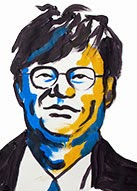




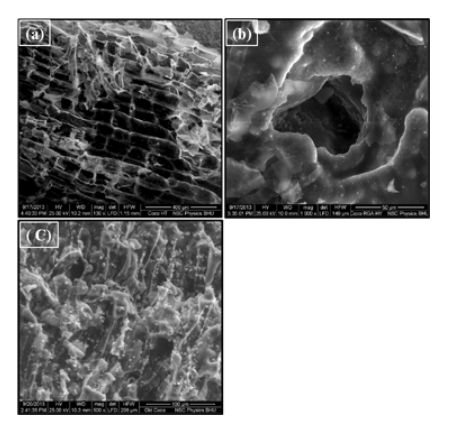
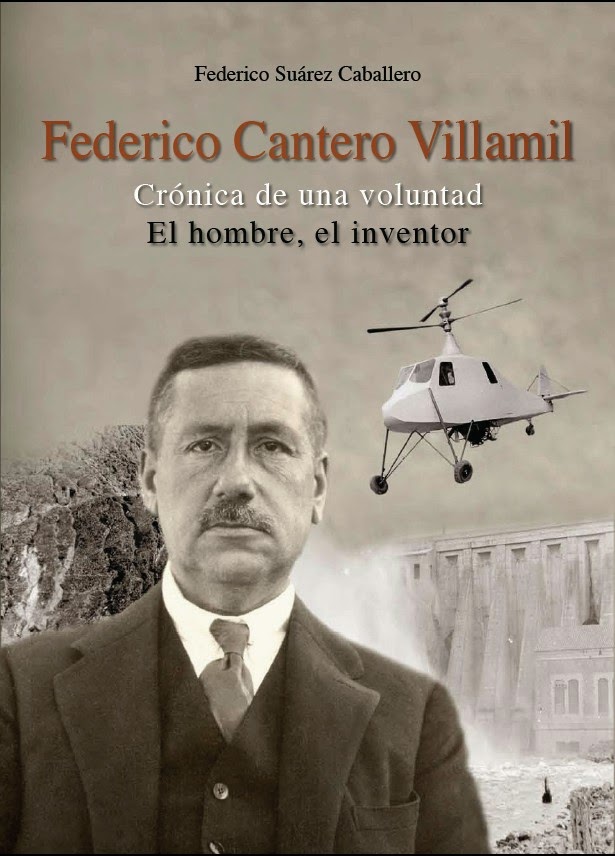


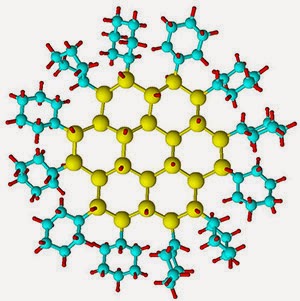
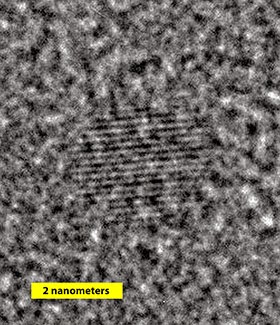
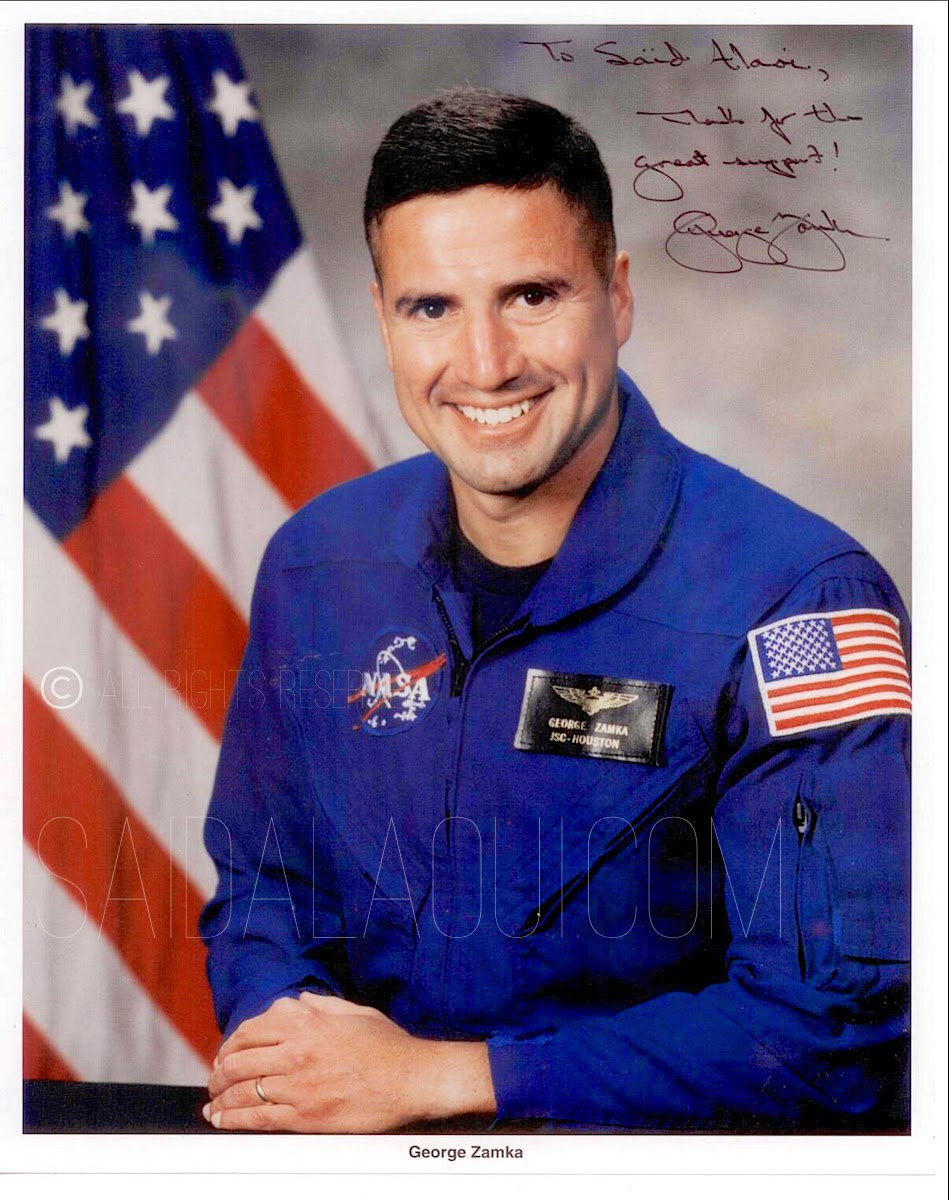.jpg)
